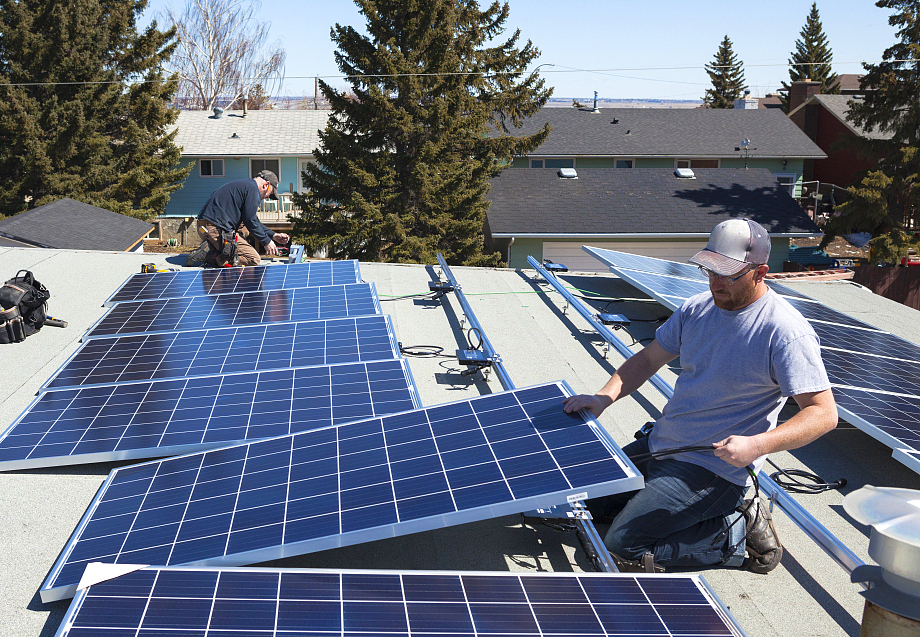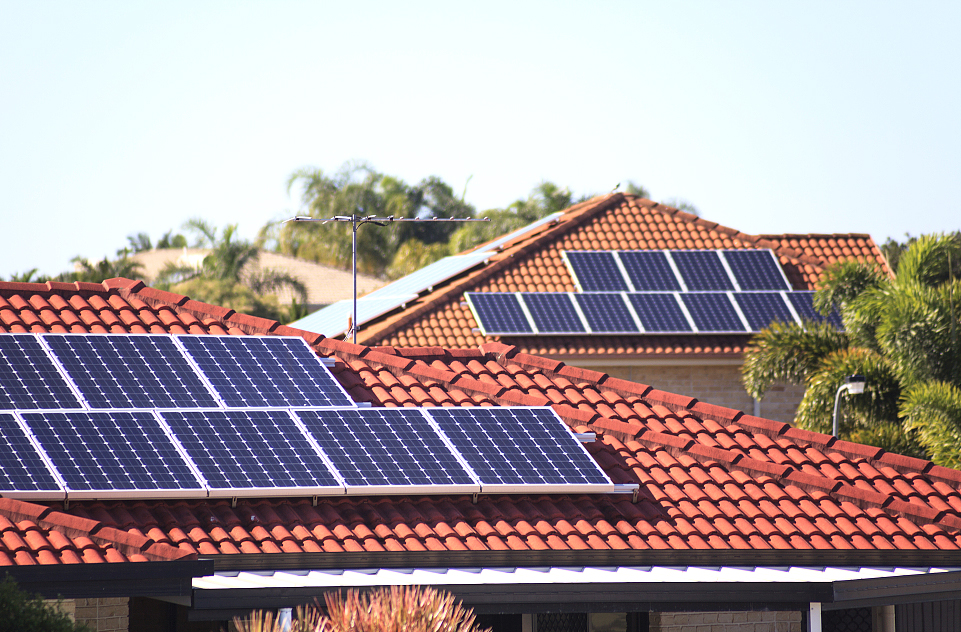Home storage is an important part of distributed energy, which promotes the transformation of power system from centralized energy supply to centralized and distributed energy supply. At present, centralized and volatile renewable energy installed capacity continues to grow, electricity demand growth, resulting in power shortage, low power quality, high electricity prices, distributed energy supply can achieve transmission and distribution cost savings, achieve lower costs, improve power quality and energy efficiency. For families, home storage can reduce the cost of electricity, and can be used as an emergency backup power supply to improve the reliability of home power supply; For the power grid, the configuration of energy storage can transfer electricity in time to assist the grid to balance generation capacity and electricity demand.

National storage market driving factors vary, economy and power supply reliability as the core driving force. In 2021, the global installed capacity of energy storage is about 6.6GWh, an increase of 46% year-on-year, of which Germany/the United States/Japan/Australia is the main installed country. Analysis of four driving factors, economy and power supply reliability and core driving forces: Most of the four countries have subsidies for home storage to directly reduce their installation costs, Australia, California and other places have virtual power plants and other business model innovation to improve the economy, Germany, Australia market driven by high electricity prices of home light storage system rapid growth, we estimate that Germany/the United States/Japan/Australia home energy storage system return cycle of about 7.6/15.5/8.3/10.3 years, respectively. Germany, Japan and Australia have initially achieved economic benefits. In addition, the frequent occurrence of extreme weather in Japan, the United States and other regions, and the need for households to improve the reliability of electricity also further promote the demand for home storage installation.
2-1-1024x360.jpg)
Global home storage development space is huge, under the accelerated development of retail /VPP in 2025, the global home storage installation scale is expected to reach 18/35GWh. We estimate that the theoretical scale of global home storage is about 1300GWh, while the installed capacity of global home storage is only about 20GWh by 2021, with huge development potential. We believe that factors such as the widening peak-valley price difference, the decline in energy storage costs, and the expiration of FIT will drive the economy of home storage to further improve, and if the VPP model maturates, it will bring higher returns to home storage. We expect that under the conventional scenario and the accelerated VPP development scenario, the global installed capacity of home storage will reach 18/35GWh in 2025, corresponding to the CAGR of 29/52% in 2021-2025, respectively.
We are optimistic about the continued rapid growth of the overseas home storage market to drive the growth of lithium battery companies and inverter manufacturers in the layout of the home storage market. Recommended attention: 1) lithium battery; 2) Inverter.
Risk
The economic improvement of home storage is less than expected, the installed household photovoltaic capacity is less than expected, and the demand for home storage is less than expected.
Home energy storage for home users to store electrical energy locally for later use, electrochemical energy storage products are also known as battery energy storage systems. At present, home energy storage is generally used to form a home optical storage system with household photovoltaic, and the home optical storage system mainly includes: photovoltaic modules, inverters, lithium batteries, BMS, AC loads, etc. The classification can include grid-connected home optical storage system and off-grid home optical storage system. The grid-connected home optical storage system can supply power from the grid to the household load or the home optical storage system can transmit power to the grid, and the off-grid home energy storage system has no electrical connection with the grid, which is suitable for remote and ungrid areas such as islands.

Home energy storage is an important part of distributed energy (DER), which promotes the transformation of power system from centralized energy supply to centralized and distributed energy supply. At present, centralized and volatile renewable Energy installations continue to grow, electricity demand growth, resulting in power shortages, low power quality, high electricity prices, Distributed Energy Resource (DER) is close to homes or businesses and other electricity locations, providing alternative or enhanced functions of the traditional grid. Distributed energy includes: 1) Distributed power generation: including distributed photovoltaic, household fuel cells, etc.; 2) Distributed energy storage: distributed lithium battery energy storage or flywheel energy storage. We believe that compared to centralized power plants and high-voltage transmission and distribution line construction, distributed energy can achieve lower costs, improved service reliability, improved power quality, improved energy efficiency and energy independence, while providing significant environmental benefits. Finally, distributed energy storage and distributed generation will jointly realize the transformation of power system from centralized energy supply to centralized and distributed energy supply.
